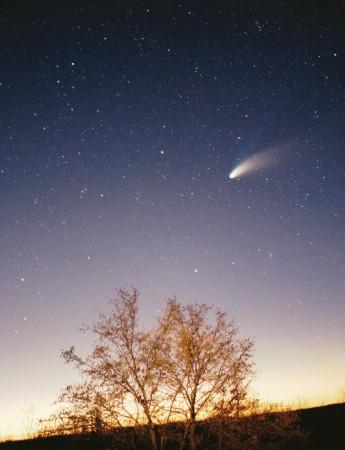
Scientists studying dust that lands up on Earth, called interplanetary dust particles (IDP) were found to contain material that was left behind from the period that was far before the Solar System was formed.
The study was conducted by a team of astronomers from the University of Hawai'i at Manoa (UH Mānoa) School of Ocean and Earth Science and Technology (SOEST) and led by researcher Hope Ishii, notes a release put out by the team.
The Solar System was formed almost entirely, notes the report, of "amorphous silicate, carbon and ices". All these particles of dust were then, over time reworked and moulded into what is now seen as the planets of the Solar System. However, some of this planet forming dust did get away and this pre-solar dust, as the researchers call it most likely ended up in comets that were formed in the cold, outer nebula of the Solar System.
There is a rare form of IDPs, says the report that astronomers believe to originate from comets. They are made of tiny grains called "glass embedded with metal and sulphides" GEMS and they are normally less than one hundredth the width of human hair, between 10 and 100 nanometres in size.
A few tons of dust falls into the Earth every year from outer space, explains Space.com. NASA collects this dust using special high altitude aircraft coated with collectors that use silicone oil to keep the particles stuck to its surface. This is done so that the dust does not get contaminated by the atmosphere. Researchers than get to work on this dust.
"Our observations suggest that these exotic grains represent surviving pre-solar interstellar dust that formed the very building blocks of planets and stars, said Ishii.
"If we have at our fingertips the starting materials of planet formation from 4.6 billion years ago, that is thrilling and makes possible a deeper understanding of the processes that formed and have since altered them."
A process called transmission electron microscopy (TEM), Ishii and her team drew out maps of the distribution of elements and found that GEMs are made up of sub-grains that have come together to form an aggregate and this was found to have happened even before the comet's body upon which it came to Earth was formed.
These aggregates were also found to be enclosed in carbon that is of a different type than the one that glues together the GEMS with other components of comet dust. "This is an example of research that seeks to satisfy the human urge to understand our world's origins," said Ishii.

















